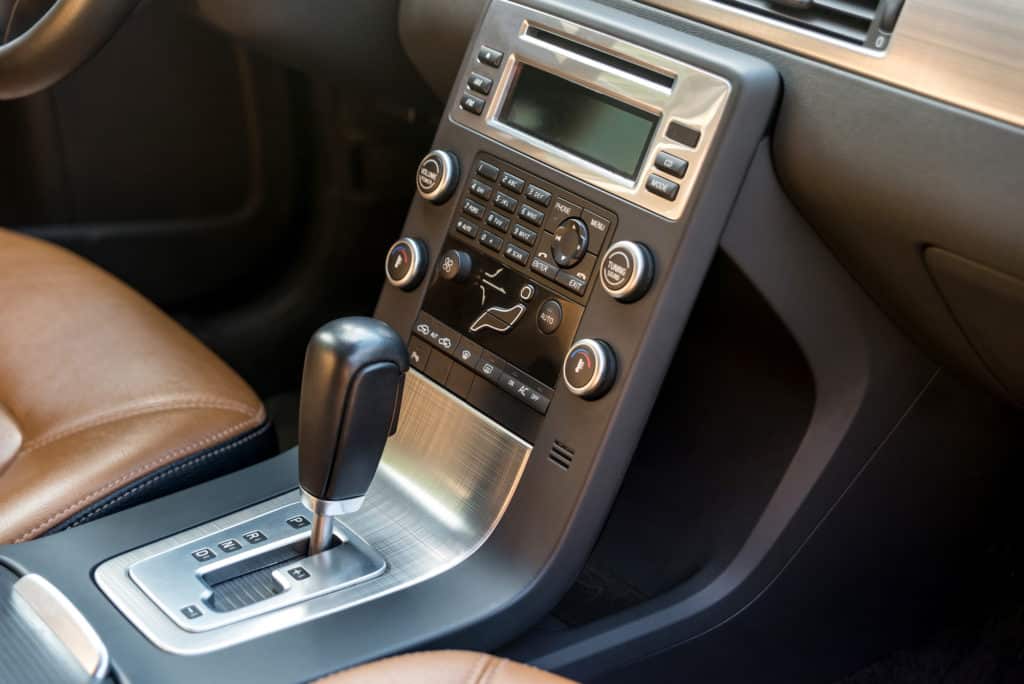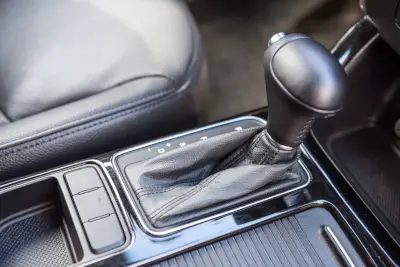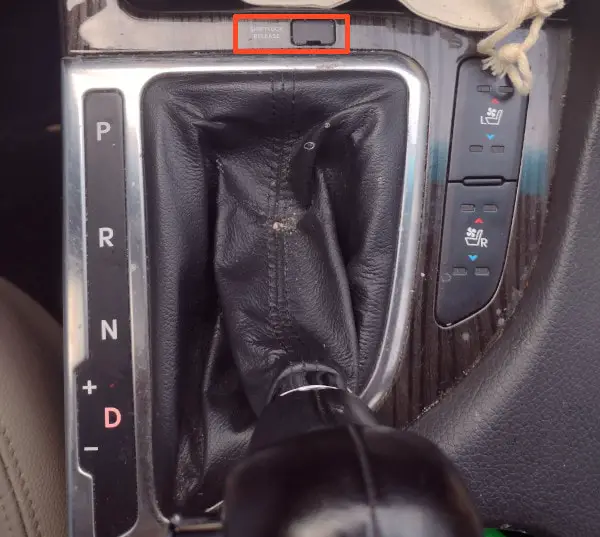
Is your shift lock release stuck? Learn how to fix it!
In early 2018, automakers recalled thousands of vehicles manufactured from 2006, and 2014-2018.
Fiat Chrysler Automobiles (FCA) alone recalled over 180,000 Ram trucks due to issues with the brake-transmission shift interlock system.
What exactly is a shift lock release and how does it work? Read on to find out.
What Is a Shift Lock Release?
Vehicles made from the early 1990s through the present with automatic transmissions have a safety feature called a key-shift interlock.
When you put the shifter into park, the feature locks it in. To shift out of park, you must insert the key into the ignition switch and turn the ignition to the on or run position.
Now, most vehicles made from 2010 to present also have a safety feature called a shift lock release. In addition to turning the ignition switch, you must also depress the brake pedal.
To move out of park, you must push the shift lock button on the shifter at the same time.

Manual vs. Automatic Transmissions
As most people know, there are two types of transmissions, manual and automatic. While the mechanics are similar, both types function the in different ways.
With a manual transmission, the driver shifts gear manually with a clutch and either a floor gear shift or one mounted to the steering wheel. To shift gears, the driver presses the clutch and shifts the lever to the desired gear.
With an automatic transmission, the driver doesn’t shift gears while driving. Automatic transmissions have a vertical gear shift with which the driver can switch between park position, neutral, reverse, etc.
What Does a Shift Lock Do for Automatic Transmissions?
The shift lock release feature allows the driver to switch the available automatic transmission options. The shift lock button is usually a button found on top or side of the gear selector lever. With it, the driver can lock the gear to the desired option.
So, when the driver parks the car, he or she switches the gear selector lever into Park and locks it there. The driver can’t move the level until he or she engages the shift lock release mechanism.
The brake pedal connects to the shift lock release. When the driver presses down the pedal, the shift lock circuit activates. The circuit remains closed otherwise.
If you’re dashboard is lit up with a transmission symbol, considering purchasing an OBD2 adapter that reads transmission codes.
What Is a Shift Interlock Solenoid?
As a safety feature, the shift interlock prevents a driver from switching to reverse while driving. The car must come to a full stop before the driver can switch gears. The shift interlock solenoid is part of this safety mechanism.
The shift interlock solenoid works together with the brake light switch and the neutral safety switch. Solenoids are cylindrical coils made from metal wire. They carry electric currents.
The shifter interlock solenoid prevents you from shifting from Park to Drive without first hitting the brake. When you press the brake pedal, the solenoid receives a signal that tells it to release the mechanical lock on the shifter.
If the solenoid does not get a signal from the brake pedal signal, it won’t release the shifter. Thus, the components that control the shifter along are the ignition switch, the shift interlock solenoid, and the stop and brake lights.
Not to be confused with the TCM (Shift Solenoid)….

How to Release a STUCK Shift Lock Release
If any component listed above that controls the shifter malfunctions, you may not be able to move out of park. Your car will also be stuck in park if your battery dies.
The shift lock release is a safety feature that allows you to move your car if you can’t shift gears for whatever reason, such as a dead battery.
Here are the steps for employing the shift lock release.
- Engage the emergency brake / parking brake. Insert the ignition key and turn the ignition. Note that you don’t have to start the engine.
- Find the shift lock override slot. It is on the shifter console near the lever. The slot may have a plastic cap that you’ll need to remove
- Insert a key, nail file, or screwdriver into the slot. Push it down and hold.
- Press the brake pedal while you are pressing down on the override,
- Shift gears as you normally would.
If you perform these steps with the engine off, be sure to switch to neutral to start the car. Otherwise, you might run into problems.
Check Your Owner’s Manual For Shift Lock Release Instructions
Information on how to use the shift lock release option is in the owner’s manual for each automobile. Seasoned drivers may not consider this feature necessary.
Others don’t even know about it until they find themselves in need of a way to move a car stuck in Park. If you find yourself in this position, follow the steps in the user’s manual, which will be similar to the ones presented above.
If it doesn’t work the first time, try the procedure again. Be sure the ignition switch is in the On or Run position. You must firmly press down the brake pedal and the locking mechanism at the same time you move the shift lever.
If You Can’t Get Out of Park
If you can’t get out of park, it may mean the shift interlock solenoid is malfunctioning. Though, if your dash lights indicate that your car’s brake lights aren’t working, then your shifter interlock many not work either.
The shifter interlock solenoid is not a part that requires servicing because it’s designed to last the life of your car. Things happen, though. If a dead battery or malfunctioning brake light isn’t the cause, it’s time for a mechanic.
Your shift interlock solenoid may also need replacing if your car is stuck in gear or the key is stuck in the ignition.
You may also want to check for any recalls on your make and model car that may have to do with the shift lock release or shift lock solenoid.
One Small Button, One Big Job
It’s important to note that the shift lock release should only be used when the normal gear-shifting mechanism is not functioning correctly. If you frequently find yourself needing to use the shift lock release, it’s a sign that there may be an issue with your vehicle’s shift interlock system or brake switch. In such cases, it’s advisable to have your vehicle inspected and repaired by a qualified mechanic to address the underlying problem.
Even if you already knew what a shift lock release was, you may have never thought about it in as much detail until now.
One little switch is part of a mechanical system that protects you and your automatic transmission from damaging your transmission.
The release button is also the one thing that will help you get your lifeless car out of the parking lot and onto the tow truck the next time your battery dies.
If you have any comments or questions about the shift lock release, please contact us.